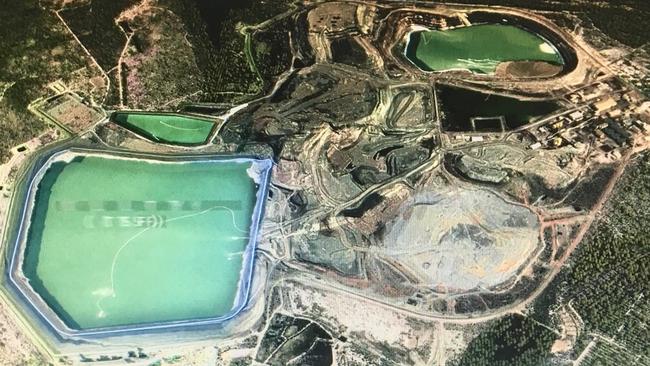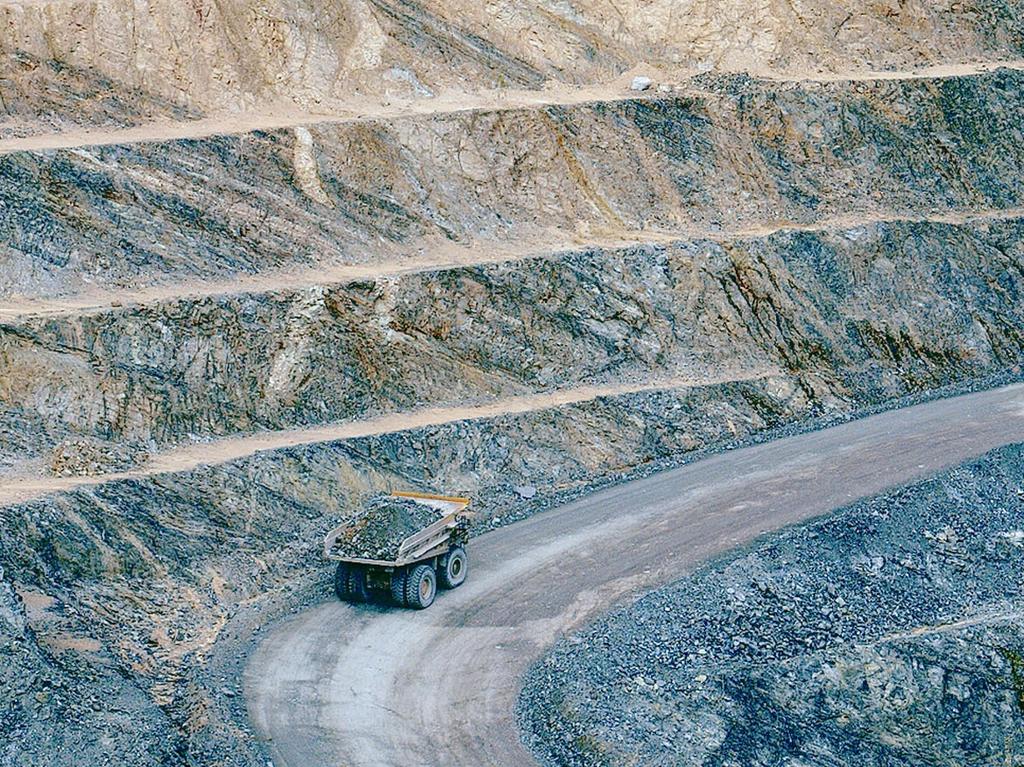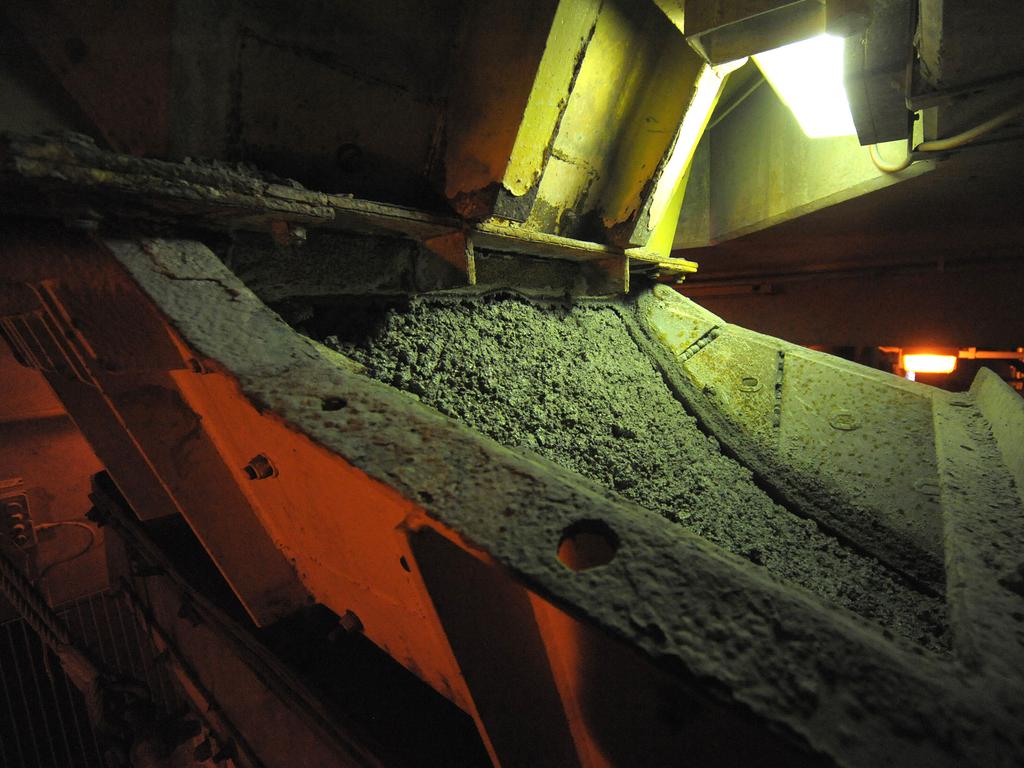Takeovers Panel slams Rio Tinto plan to win control of uranium miner ERA
Rio Tinto denies ‘hidden agenda’ but Takeovers Panel criticises intention behind plot to control the uranium miner.

Rio Tinto plotted a strategy of “increasing pressure, aggression and risk” to win quick control of uranium miner ERA, partly because it would get tax breaks from the transaction, according to the Takeovers Panel.
The Takeovers Panel ruled last year that ERA’s $476m equity raising, to fund its rehabilitation liabilities at the Ranger uranium mine, was made in “unacceptable circumstances” — but allowed the Rio-backed raising to go ahead for fear the uranium miner would go bust if it was blocked.
The panel published its decision reasons in the matter on Friday, revealing dissident shareholder Richard Magides was blocked from making an alternative offer to fund the rehabilitation because Rio, in part, wanted full control of ERA so it could use the company’s tax losses to offset profits across its other Australian operations.
Codenamed “Project Emu” by Rio, the plan will now likely see minority shareholders bought out for 15c a share — the same price as the rights issue that will put Rio in a position to seize full control of ERA.
Mr Magides’ Zentree Investments has long argued that Ranger’s life should be extended, or its Jabiluka growth project built, to take advantage of an expected return to strength of global uranium markets in the 2020s — despite longstanding opposition from traditional owners of the land under which it sits.
The panel’s decision reasons reveal Mr Magides signed a confidentiality agreement with ERA to explore options to fund Ranger’s rehabilitation in May 2019, which would potentially allow ERA to build its undeveloped projects in the future.
But ERA was already deeply locked into discussions with Rio over a funding package and the panel’s deliberations suggest Zentree was effectively excluded from participating in that process.
Options put to Rio by its corporate advisers included buying Ranger from ERA, paying a takeover premium to acquire the 31 per cent of ERA shares it did not already hold, lending ERA the money to complete the rehabilitation, or backing a rights issue likely to dilute minority shareholdings to below 10 per cent and then acquiring their holdings under Corporations Act provisions.
Rio settled on the rights issue as the best option after being told it would be a “less expensive option than a minority take-out at market pricing”, and after receiving advice that the estimated rehabilitation costs would be fully tax deductible if Rio won complete control of ERA.
“The purchase by Rio Tinto of ERA or the Ranger mine would bring it into Rio Tinto’s Australian consolidated tax group and would permit future expenditure on rehabilitation to offset taxable profits generated from the consolidated tax group,” said a report to Rio’s investment committee, quoted in the panel’s reasons for decision.
“The value to Rio Tinto of executing a transaction to buy ERA/Ranger declines as a result of ERA progressing expenditure on its rehabilitation program.”
According to internal calculations put to Rio’s board, pricing a rights offer at a point where minority shareholders were unlikely to take up their entitlements — allowing Rio hit 90 per cent control and buy them out on a compulsory basis — would save the company up to $210m.
“Underwriting a $500m entitlement offer where 20 per cent of shareholders participate would cost Rio Tinto $400m, but underwriting a $500m entitlement offer where Rio Tinto exceeds 90 per cent and proceeds to compulsory acquisition would cost Rio Tinto $289m (given the deductibility of rehabilitation expenditure),” the Takeovers Panel said.
“An acquisition of minorities at a 100 per cent premium and funding of the rehabilitation expenditure would cost Rio Tinto $364m.”
Rio denied offering the rights issue as the only way it would fund ERA’s rehabilitation costs at Ranger because it wanted to win full control of the company, saying its offer was purely about the best way to fund the clean-up and “there is no hidden agenda or secret conspiracy to be uncovered or inferred”.
But the Takeovers Panel said it was “prepared to infer from the materials as a whole that Rio Tinto sought to consolidate control and acquire ERA”.
And its advisers suggested Rio ramp up the pressure on ERA to get the capital raising done fast, before the federal government forced the company to lock up some of its remaining cash in Commonwealth security deposits which Rio would not then be able to access.
“On 8 August 2019, Rio Tinto’s financial adviser produced a presentation in respect of rights issue timing considerations, which noted that ‘following [ERA]’s acceptance that a rights issue is the only viable transaction structure that Rio Tinto is willing to support, it is now important to exert reasonable pressure on [ERA] to ensure the transaction is brought to a conclusion,” the panel said.
The presentation also contained a number of different strategies of “increasing pressure, aggression and risk” to get the transaction done, the panel said.
Rio has been approached for comment.
The Takeovers Panel’s initial decision on December 11 barred Rio Tinto from using the compulsory acquisition powers included in the Corporations Act to mop up minority shareholders.
A review panel overturned that aspect of the initial ruling on January 20. The review panel is yet to publish the reasons for its decision.
Rio Tinto chief executive Energy and Minerals Bold Baatar said: “We note the Review Panel’s decision and will take the necessary steps to comply with the orders that concern Rio Tinto. “Rio Tinto remains committed to fully subscribing to and underwriting the entitlement offer, in the absence of any other commercially viable solution being available to ERA, ensuring it has the funds it needs to meet its current rehabilitation obligations for the Ranger Project Area.”





To join the conversation, please log in. Don't have an account? Register
Join the conversation, you are commenting as Logout